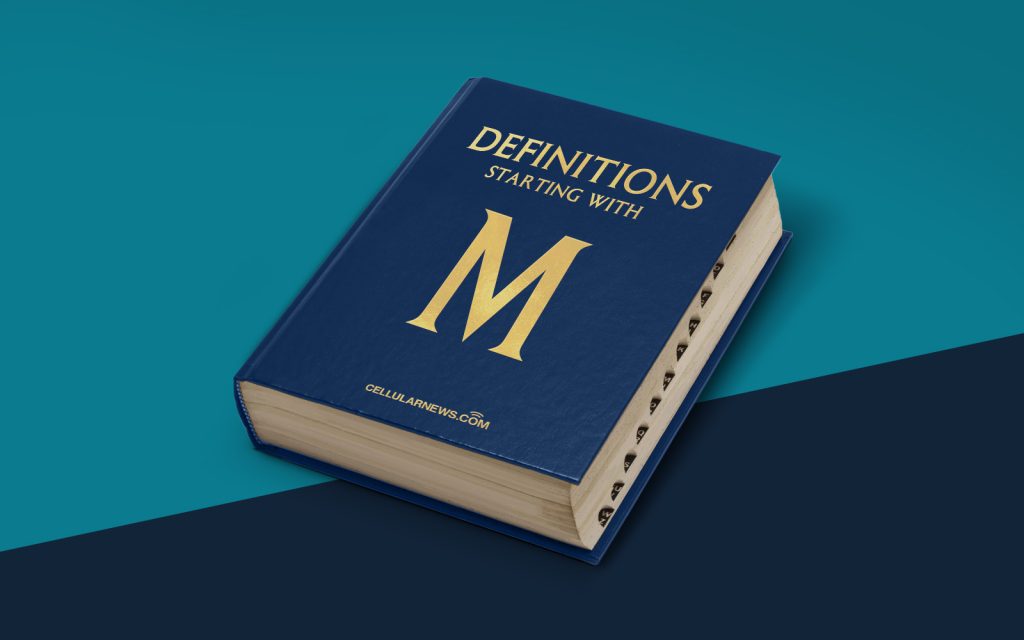
Understanding Magnetic Ink Character Recognition (MICR)
Have you ever wondered how banks process checks so quickly and accurately? The answer lies in a technology called Magnetic Ink Character Recognition (MICR). In this blog post, we’ll explore what MICR is, how it works, and its importance in the banking industry.
Key Takeaways
- Magnetic Ink Character Recognition (MICR) is a technology used in the banking industry for processing checks.
- It involves the use of special ink and characters that are magnetizable and readable by machines.
What is Magnetic Ink Character Recognition (MICR)?
Magnetic Ink Character Recognition, or MICR, is a technology used for the efficient and accurate processing of checks. It involves the use of special ink and characters that are readable by machines. MICR plays a crucial role in the banking industry as it allows for the quick and secure processing of large volumes of checks.
How does MICR work?
The MICR system consists of three key components:
- MICR Ink: Unlike regular ink, MICR ink contains iron oxide particles, which make the characters magnetizable.
- Special Characters: MICR uses a specific set of characters, including numbers (0-9) and four control symbols, which are printed on the bottom of checks.
- MICR Reader: Bank processing machines are equipped with MICR readers, which use magnetic fields to detect and interpret the characters printed in MICR ink.
Here’s a step-by-step breakdown of how MICR works:
- The check is inserted into a processing machine, which uses rollers to move it through the system.
- The MICR reader scans the bottom of the check and detects the magnetic characters printed in MICR ink.
- The reader converts the magnetized characters into digital data and sends it to the bank’s computer system for further processing.
- The computer system verifies the information, including the account number, the routing number, and the amount, to ensure that the check is valid.
- Once validated, the funds are transferred accordingly, and the check is processed for clearing.
Now that you have a better understanding of Magnetic Ink Character Recognition (MICR), you can appreciate the efficiency and accuracy it brings to check processing in the banking industry.
